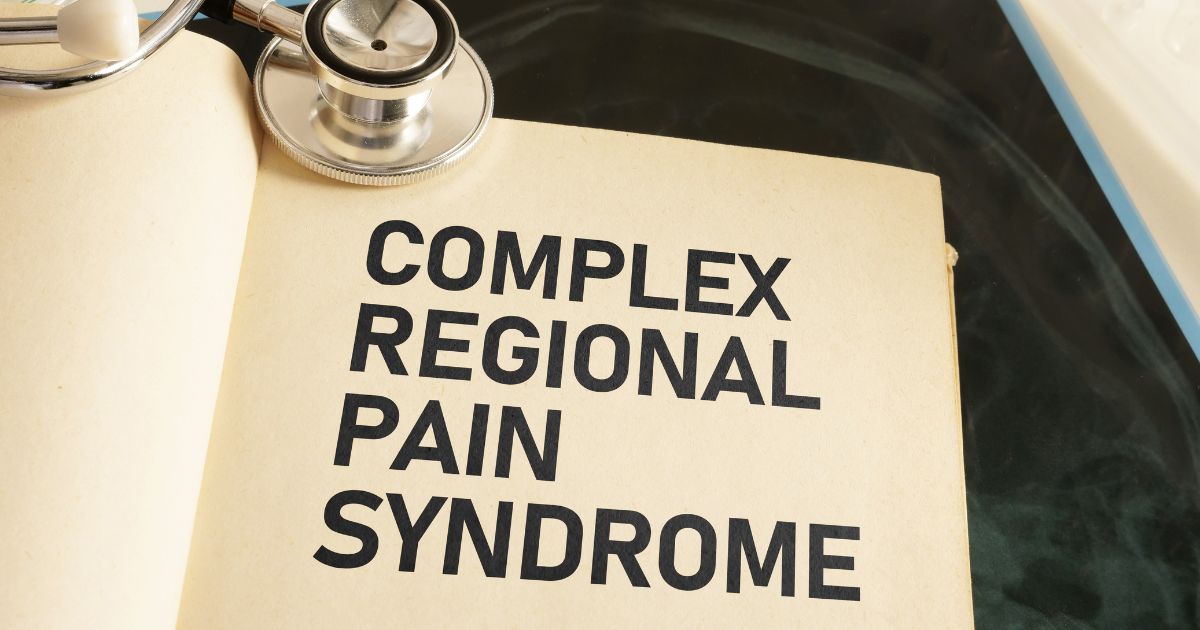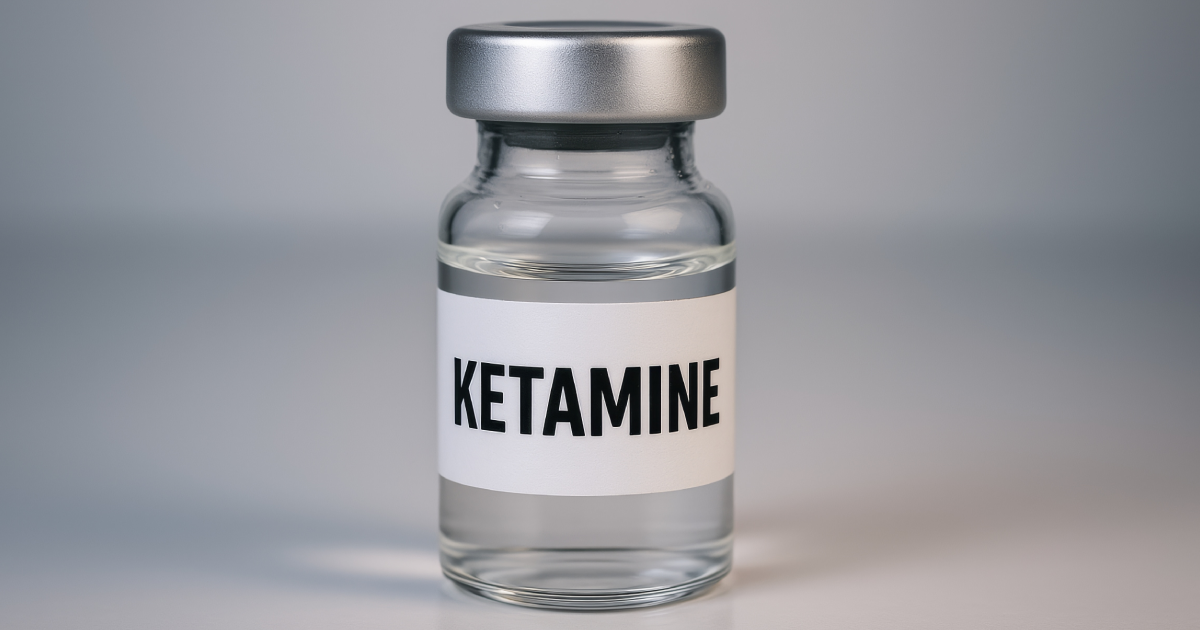Table of Contents
Living with constant, unrelenting pain can change everything—from how a person moves to how they sleep, work, and connect with others. For those diagnosed with Complex Regional Pain Syndrome (CRPS), each day can feel like a battle. At Revive Ketamine Centers in Buford, GA, we understand how life-altering chronic pain can be. That’s why we offer effective treatment solutions focused on real relief, including ketamine infusion therapy. If you or someone you love is dealing with this condition, it’s important to understand what CRPS is, how it presents, and which treatments may help reduce its impact.
CRPS: A Closer Look at This Chronic Pain Condition
Complex Regional Pain Syndrome (CRPS) is a chronic pain condition that typically affects an arm or leg, often following an injury, surgery, stroke, or heart attack. The pain is usually out of proportion to the initial event. CRPS is believed to result from peripheral or central nervous system dysfunction, which may cause the nerves to send frequent or severe pain signals.
Although CRPS can improve over time, some people experience persistent pain that significantly affects their quality of life. It is often misunderstood and can be challenging to diagnose. Early recognition and treatment offer the best chance of managing symptoms and improving outcomes.
There are two types of CRPS:
- CRPS-I (formerly reflex sympathetic dystrophy) occurs without a confirmed nerve injury.
- CRPS-II (formerly called causalgia) involves a confirmed nerve injury.
Both types share similar symptoms and require a strategic, medically guided treatment plan.
Recognizing CRPS Symptoms and When to Seek Help
The early signs of CRPS often appear within weeks of an injury or medical procedure. However, symptoms can vary widely from person to person, making early diagnosis challenging. One of the most common symptoms is persistent, burning, or throbbing pain that doesn’t subside with traditional recovery. Many notice that their skin becomes highly sensitive to touch, temperature, or light pressure.
Other symptoms can include swelling of the affected limb, changes in skin temperature (either hot or cold), and discoloration. Over time, the skin may take on a shiny or thin appearance, and patients often report stiffness or reduced joint mobility. Muscle weakness or tremors may also develop. Hair and nail growth can also be altered in the affected area.
Because these symptoms resemble other conditions, individuals often undergo multiple evaluations before receiving a CRPS diagnosis. That delay can make treatment more difficult. Recognizing early signs and speaking with a healthcare provider is essential to prevent progression and long-term complications.
What Causes CRPS and Who is at Risk?
While the exact cause of CRPS remains unclear, it typically develops after an injury or trauma that affects the limbs. This includes fractures, sprains, surgical procedures, or immobilization with a cast. In some cases, even minor injuries like a needle stick or a burn can trigger CRPS symptoms.
Researchers believe the nervous and immune systems play a role in the onset of CRPS. Some individuals may be more susceptible due to genetic or inflammatory factors. Women are more likely than men to develop CRPS, and the condition is most common in adults between the ages of 40 and 60. People with a history of migraines, autoimmune conditions, or chronic inflammation may also have an increased risk.
Importantly, CRPS is not caused by psychological factors, though the stress of living with persistent pain can certainly affect mental health. Understanding that the condition has a physiological basis can help patients and their families take a more proactive and informed approach to treatment.
Chronic Pain Management for CRPS
Effective chronic pain management for CRPS often involves a combination of treatments. Because CRPS symptoms can be physical and emotional, managing this condition requires a multi-disciplinary approach.
Ketamine Infusion Therapy
One promising treatment is ketamine infusion therapy. Ketamine is a medication that blocks NMDA receptors, which are involved in pain transmission. By doing this, ketamine can help reduce the intensity of pain signals sent to the brain. At Revive Ketamine Centers in Buford, GA, this therapy is used as part of a broader pain management plan to help patients manage CRPS symptoms.
Patients may see improvements in pain levels, mobility, and emotional well-being. Ketamine is not a cure but can provide relief when other pain medications are not effective.
Physical Therapy for CRPS
Physical therapy is another essential part of treatment for CRPS. Physical movement helps maintain flexibility, strength, and blood circulation in the affected limb. Gentle stretching and guided movement can reduce stiffness and prevent loss of function. Physical therapy may also help improve pain tolerance and restore normal activity levels.
Therapists who specialize in CRPS rehabilitation understand how to balance pushing for progress while respecting the limitations caused by pain. Early and consistent physical therapy is highly recommended for individuals diagnosed with CRPS.
Medications and Interventional Options
Several medications may be prescribed to help manage CRPS symptoms. These may include:
- Anti-inflammatory drugs (NSAIDs)
- Corticosteroids to reduce inflammation
- Nerve pain medications (like gabapentin or amitriptyline)
- Opioids in severe cases (short-term use only)
- Topical analgesics
Other interventional treatments may include sympathetic nerve blocks or spinal cord stimulation, depending on the advanced nature of the symptoms and how patients respond to initial therapies.
Exploring Alternative Therapies for CRPS
Alongside conventional treatments, some patients with CRPS explore alternative therapies to improve their comfort and quality of life. While these options are not replacements for medical care, they can serve as complementary strategies when used under professional guidance.
Relaxation techniques, including breathing exercises, meditation, and guided imagery, may help patients better manage stress and pain perception. Emotional support and stress management are particularly valuable, as the pain and limitations caused by CRPS can lead to depression or anxiety.
Other approaches, such as acupuncture, gentle massage therapy, and biofeedback, may also play a role in symptom relief. Some individuals explore nutritional support to reduce inflammation and support nerve health. These methods are most effective when included in a broader care plan and not used in isolation.
Each person’s experience with CRPS is unique, so it’s important to try strategies aligning with comfort level and clinical guidance. At Revive Ketamine Centers, our staff encourages open conversations about the therapies that may help support each patient’s personal treatment goals.
The Best Treatments for CRPS: Individualized Care Matters
No single “best” treatment for CRPS works for everyone. What’s most effective is a care plan based on a complete understanding of the patient’s medical history, symptom patterns, and condition progress. Many individuals benefit from medical, physical, and psychological support.
Ketamine infusion therapy is often included in comprehensive plans for patients who have not seen improvement through traditional pain management methods. This is especially true for those whose symptoms significantly interfere with daily functioning or have lasted for months or years without relief.
Depending on the patient’s progress and comfort level, physical therapy, counseling, and other medical interventions are often integrated into treatment. At Revive Ketamine Centers in Buford, GA, our team works with patients to identify which options offer the most significant potential benefit based on current research and individual responses.
The earlier treatment begins, the more likely it is to reduce long-term complications. Individuals with CRPS are encouraged to seek medical care even if the pain seems mild at first. Starting therapy early may help preserve mobility, reduce medication reliance, and improve long-term outcomes.
Why Patients in Buford, GA, Turn to Revive Ketamine Centers
Finding the proper support for CRPS in Buford, GA, can be challenging. Still, at Revive Ketamine Centers, we provide a setting focused on helping individuals manage chronic pain in a compassionate, medically supervised environment. Our team brings experience, clinical insight, and patient-centered care to those with persistent CRPS symptoms.
Through ketamine infusion therapy, we help patients reduce pain levels and restore daily function. Our facility is equipped to deliver infusions in a safe and supportive setting, with continuous monitoring and a clear treatment roadmap. We take the time to explain what to expect, how to prepare, and what results may be possible based on your unique situation.
We also understand the emotional toll that CRPS can take. That’s why we emphasize not only physical recovery but also mental wellness. We aim to help patients gain better control over their symptoms and return to doing what matters most.
Conclusion
CRPS is a complex condition, but it is possible to manage symptoms and regain control with early intervention and the proper treatment strategy. Whether you’re seeking CRPS symptoms and treatment information, want to explore physical therapy for CRPS, or are looking for alternative therapies for CRPS, it’s essential to work with a provider who understands the whole picture.
At Revive Ketamine Centers in Buford, GA, we are committed to helping patients find relief from chronic pain. From ketamine infusion therapy to comprehensive pain management support, we offer real options backed by experience and care.
Learn More About CRPS Treatment Options! Contact us today to schedule a consultation or speak with a member of our team. We’re here to support your health, answer your questions, and help you take the next step toward relief.






